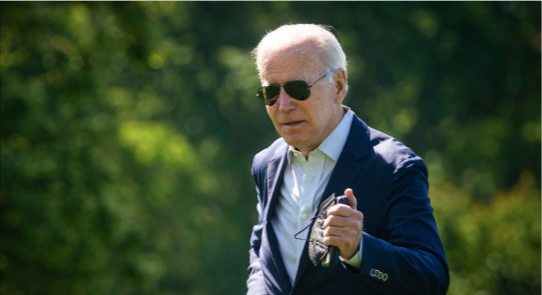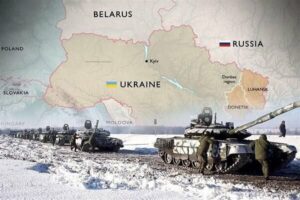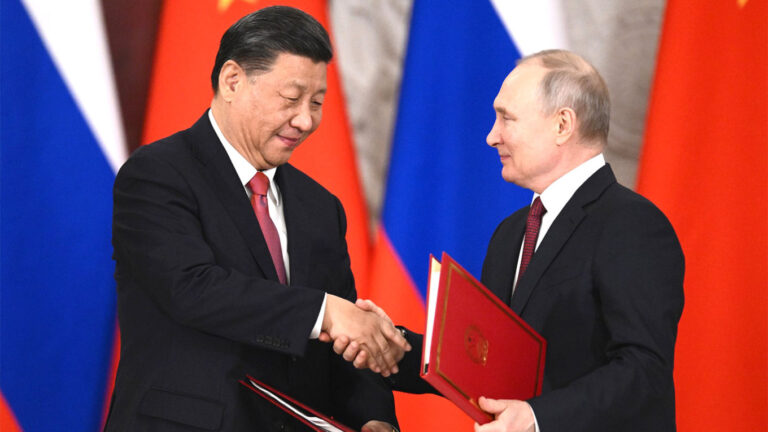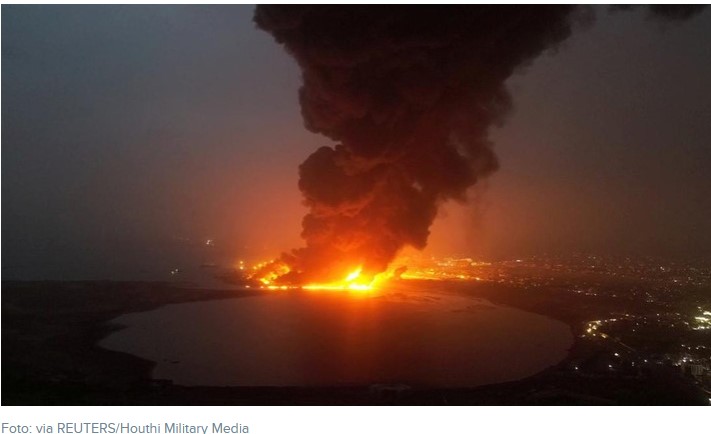
STRATEGIC ASSESSMENT. The bipartisan gun safety deal announced is far from what Democrats would have preferred in the aftermath of the racist gun massacre in Buffalo and the mass shooting at an elementary school in Uvalde, Texas, but it is considerably more than they hoped for initially.

The proposal, which still has a long way to go before becoming law, focuses less on the “gun” part of gun control and more on other factors, such as a buyer’s mental health or violent tendencies, in a concession to Republican hesitation and the hard political reality that tough limits on sales, let alone outright bans on firearms, are far out of reach.
Though it would not raise the age to buy assault rifles from 18 to 21, the plan would enhance background checks on those under 21 before they could take possession of a gun — perhaps the most significant element of the emerging measure. Republicans say enough sentiment exists for a direct age increase, but perhaps not enough to forestall a filibuster.
Senate Minority Leader Mitch McConnell, R-Ky., said that he is “comfortable” with the contours of a bipartisan deal on gun legislation and will back it if the measure “ends up reflecting what the framework indicates.”
“I’m comfortable with the framework and if the legislation ends up reflecting what the framework indicates, I’ll be supporting” it, McConnell said. The powerful Republican’s support would greatly enhance the prospects of the legislation passing the Senate.
A centerpiece of the proposed deal is substantial resources for states to implement “red flag” laws, which allow individuals like police or family members to petition courts to keep firearms away from people deemed a risk to themselves or others.
Thousands of American-made weapons are flowing into Ukraine, but the Pentagon’s acquisition system is still not pivoting quickly enough to get the latest commercial gear to the front lines, according to defense industry executives, lobbyists and some of the Pentagon’s own technologists.
Congress approved over $20 billion in military assistance to arm Ukraine last month as part of a $40 billion aid package to keep the military equipped through September.

Yet even as traditional defense weaponry — missiles, vehicles, ammunition — continue to arrive in Ukraine, there is growing frustration that the process of sending emerging technology is not moving at the “speed of war” that Defense Secretary Lloyd Austin has said is necessary to help Ukraine fight Russia.
Thirty-one people affiliated with the white nationalist group Patriot Front were arrested near an annual LGBTQ+ event Saturday in Coeur d’Alene, Idaho, police said. The suspects were booked on suspicion of conspiracy to riot, Coeur d’Alene Police Chief Lee White said at an afternoon news conference. Among those in custody late Saturday was a man with the same name as Patriot Front’s Dallas-based founder, Thomas Ryan Rousseau.

White said police were made aware in recent days that a number of groups planned to disrupt Pride in the Park, an annual event highlighting the civil rights struggles of LGBTQ+ communities.
Secretary of State Antony Blinken said on Monday the United States would impose visa restrictions on 93 more people believed to have undermined democracy in Nicaragua following last year’s re-election of President Daniel Ortega.
Those targeted by the visa measures include judges, prosecutors, national assembly members and interior ministry officials, Blinken said.
The United States and Nicaragua have been at odds for years, but relations took an especially hard hit when Daniel Ortega, a former Marxist guerrilla, won a fourth consecutive term in November after jailing rivals and cracking down on critical media.
Markets are beginning to anticipate an even faster pace of interest rate hikes, and Federal Reserve officials apparently are contemplating the possibility as well.
Central bank policymakers are entertaining the idea of a 75 basis point increase to the Fed’s benchmark funds rate that banks charge each other for overnight financing, according to CNBC’s Steve Liesman.
Changes in the economic outlook, including the likelihood that inflation hasn’t peaked and is running well ahead of the Fed’s 2% goal, could influence a bigger rate move during the two-day meeting that concludes Wednesday.





